Figure: The 5Ps model of HRM (Greenberg, 2021)
This model was developed by Mildred Golden, Chris J. White, and Leslie A. Toombs. This can be identified as a strategic management model that helps the alignment of five key variables to improve the organization and its operations. This model defined five P categories that influence the overall behavior of human resources (Mayrhofer et al., 2019).
Steps for the 5 P’s Model implementation:
- Purpose – Identify the main strong points, weak points, opportunities, and threats, and identify the mission, vision, goals, and organizational strategies.
- Principles – Identify organizational culture and values.
- Processes – List all processes and draw them using flux grams, process maps, etc; identifying those responsible for each process.
- People – Determine which measures people are qualified for the duties they perform; identify the training needs.
- Performance – Identify used performance measures; establish key performance indicators (KPIs); set up a metric system.
5 Ps model requires that all above five components balance one another out. They all feed into one another, and the results of their interactions must be balanced to achieve the overall business objectives.

Figure 2: The 5P’s Paradigm (Pryor et al., 1998)
According to Figure 2, it shows the connection between strategy (Purpose) and structure (Principles as internal structures and Processes as external structures) and the influence of structure on employee behavior (People) and corresponding results (Performance). As reflected in this graphic, strategy drives the structure; structure drives behavior; and behavior drives results (Pryor et al., 2019).
Conclusion
In conclusion according to the 5P’s HRM Model, organizational performance directly depends on the performance of people engaged in processes and guided by organization purposes and principles.
